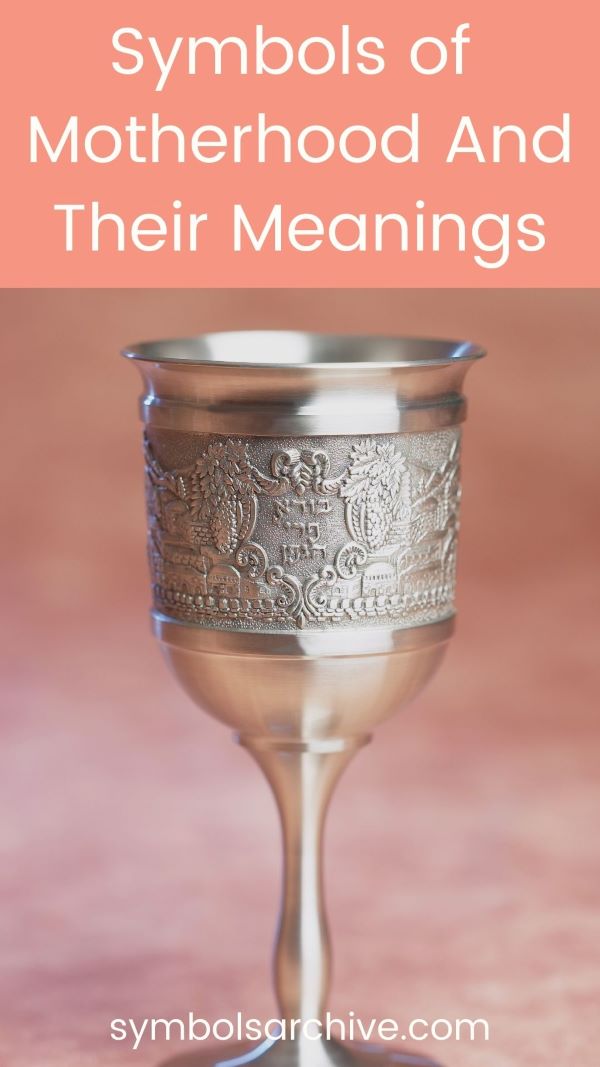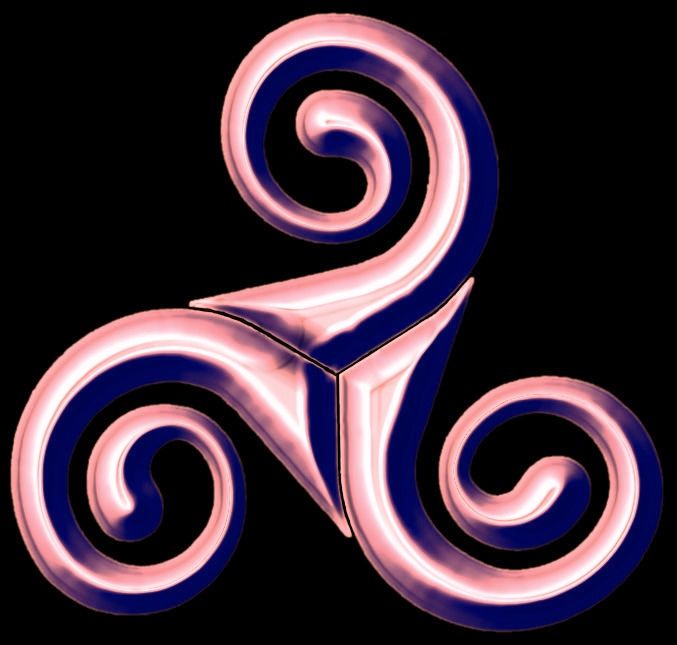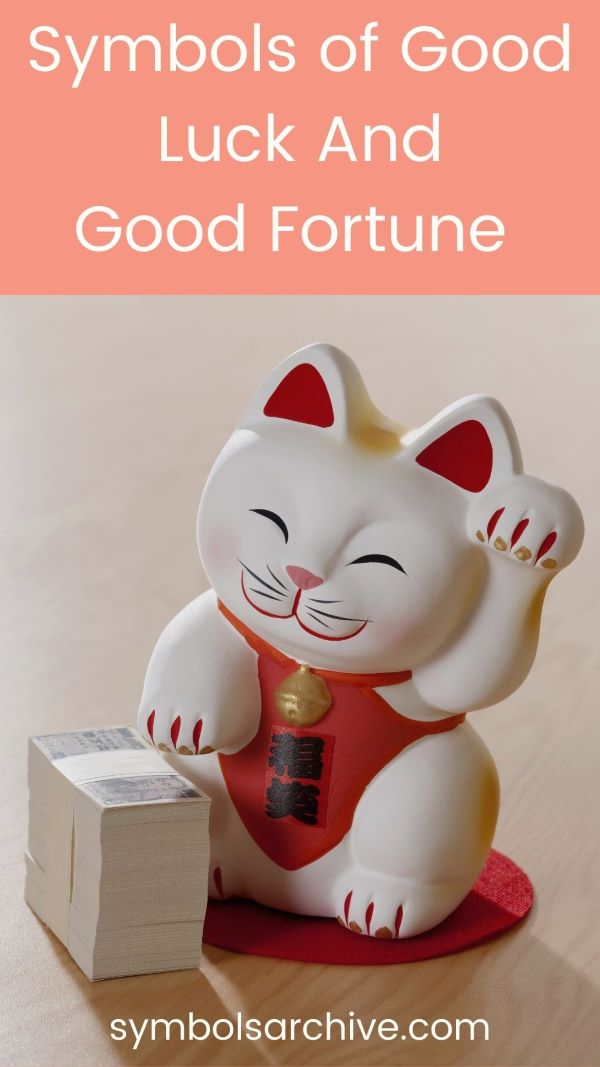17 Most Important Symbols of Leadership and Their Meanings
Are you looking for leadership symbols and their meanings?
From animal parts to headdresses and other forms of regalia, leaders throughout the ages have employed symbols to reinforce their positional power and move people to action.
Symbols of leadership are also used to provide a level of differentiation or to articulate rank. These symbols project power and embed the leader with attributes that are larger-than-life.
This post tackles the most significant imageries that represent different kinds of leadership. Let’s have a look at 17 of the most important symbols of leadership and their meanings.
17 Most Important Symbols of Leadership and Their Meanings
Traditional Symbols of Leadership

1. Sword
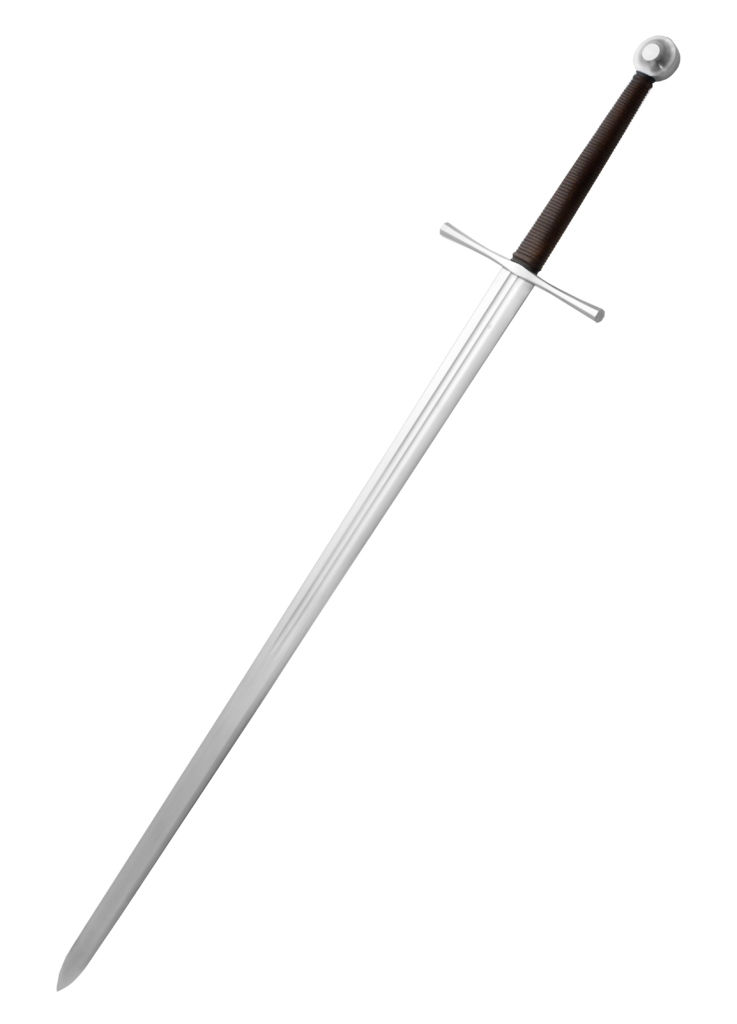
Since the dawn of civilization, the sword has been used as a symbol of leadership and power as well as honor, justice, and dignity.
Considered the sign of military honor, the sword also represents strength and freedom. In Christianity, the sword has also been used to symbolize the Word of God.
Anyone who bears the sword is expected to pursue virtue and honor, which are qualities of a good leader.
2. Adinkrahene

The word Adinkrahene, in the language of the Asante peoples of Ghana, means “Adinkra king.” The so-called “chief” of Adinkra symbols, Adinkrahene is representative of leadership and greatness as well as charisma.
This symbol is depicted as a circle within a circle within yet another circle. These three concentric circles in the symbol is interpreted in an abstract sense as “the idea of an idea.”
Adinkrahene has inspired the design of many other Adinkra symbols, making it the strongest of them all and hence the title “chief” or “king” of Adinkra symbols. This denotes the need to inspire and assume leadership roles.
3. ʻAhu ʻula (Feather Cape)

ʻAhu ʻula, a feather cape or cloak, was a Hawaiian symbol of rank. Along with the mahiole, ʻahu ʻula was the symbol of the highest rank of nobility or aliʻi classin ancient Hawaii.
ʻAhu ʻula was made with a woven netting from a local flowering shrub called olonā and ornamented with feathers obtained from different species of local birds.
Besides signifying the highest noble rank, the feathered cape or cloak was also believed to provide both physical and spiritual protection to those who wore it.
4. Mahiole (Feather Helmet)

Together with ʻahu ʻula, or feather cape (or cloak), mahiole was often worn byancient Hawaiians with the highest noble rank. Both served as symbols of the highest rank given only to the men of the chiefly aliʻi class and represented leadership.
The mahiole was made from wicker basketry and covered with red and yellow feathers of honeycreepers and honeyeaters, respectively. These colors were the most important for the ancient people of Hawaii as they were considered holy.
5. Lion Tooth
Lions are strong and ferocious animals known for their leadership skills.
A lion is regarded as a symbol of strength and power as well as fearlessness and ferocity in many cultures. A lion’s success as a leader is attributed to these traits, hence the lion tooth has become a symbol of leadership as well as rank and power in traditional African cultures.
African chiefs, kings, or other high-status male leaders wear necklaces with pendants made of large lion teeth. Lion teeth are worn to signify the wearer’s rank and authority in society.
6. Bear Prints

The black bear and the grizzly, both native to North America, are important to Native Americans as the bear symbolizes protection, courage, and physical strength.
These animals are quick, strong, and agile. As a symbol, the bear conveys authority. In turn, the bear prints have come to symbolize leadership.
7. Dragon
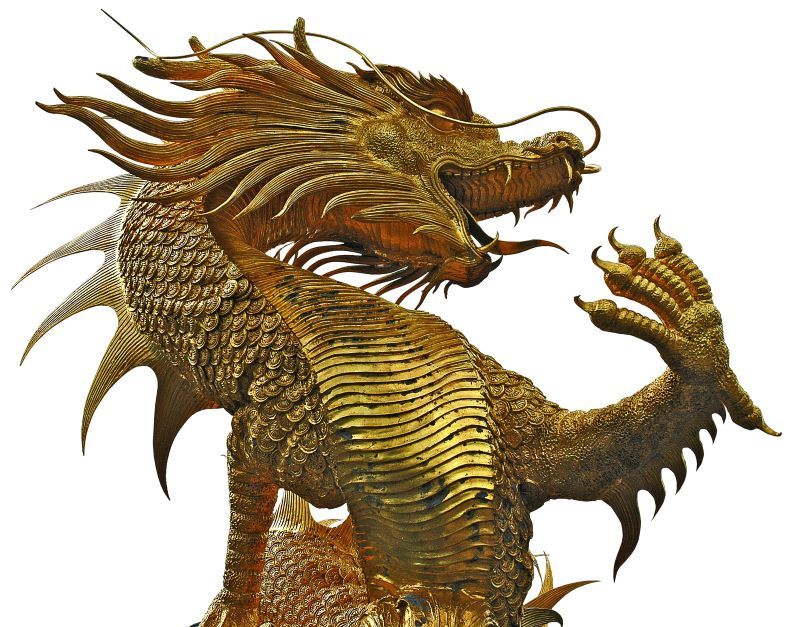
This mythical creature is regarded as a symbol of power and strength in both Western and Eastern cultures.
Dragons are more prominent in the East where they are also viewed as an auspicious symbol and were often used as amulets to attract wealth and good fortune.
The dragon has been used as a symbol of leadership as well, as seen in the royal emblem of the Chinese emperor. This denotes his power and authority.
In Chinese legends, the Yellow Emperor – the first Chinese monarch – transformed into a dragon before his ascencion to heaven.
Royal Symbols of Leadership
8. Crown

Monarchs wear this traditional head adornment to show their power and dignity. By extension, a crown becomes a symbol of the monarch’s kingdom or government, thus representing leadership.
9. Orb and Sceptre

The orb and sceptre are two of the most authoritative symbols of monarchy. The British monarchy, in particular, uses the orb and the sceptre at the coronation of each new sovereign, making these pieces of regalia such a powerful symbol of leadership.
The orb consists of a cross above a globe and symbolizes Godly power, as the monarch is seen as God’s representative on Earth, signifying Christ’s dominion over the world.
The sceptre with the cross symbolizes the temporal power of the monarch. It is linked with good governance.
10. Throne

The throne is a type of royal furniture associated with monarchy. It symbolizes the monarch’s leadership and authority.
The throne may be simple or elaborate, depending on the nature of the country or kingdom that it represents. And while in modern times monarchy has been significantly eschewed, the throne retains a very important symbolic power with both religious and cultural connotations.
11. The Color Purple

Commonly found in political spheres and widely regarded as the color of royalty, the color purple is believed to have obtained its leadership qualities through the royal family.
As a leadership symbol, the color purple is popular among authority figures for its embodiment of strength, prestige, and ability.
Symbols of Ecclestical Leadership
12. Bishop’s Miter

The miter is a headgear traditionally worn as a ceremonial headdress of bishops and certain abbots in Christianity as well as the Jewish high priest. It contains two stiffened halves shaped like shields, facing the front and the back, with lappets hanging from the back.
The word “miter” or “mitre” is Greek, which means “turban,” “band,”or “bandage for the head.”
The Bishop’s miter is the most important and solemn headdress used in the Catholic Church, as it represents the splendor of the holiness embodied by the Bishop, as well as his dignity and authority, qualities that make a good ecclesiastical leader.
13. Biretta / Cardinal’s Red Hat

The cardinal’s red had is the wide-brimmed crimson hat given to and worn by cardinals as the symbol of their rank and office, thus representing leadership.
The color of the cardinal’s hat, or biretta, is symbolic of how a cardinal should be willing to spill his blood for the church.
14. Triregnum / Papal Tiara

The Triregnum, or the papal tiara, is a headdress worn by the Pope. The Triregnum consists of three crowns topped by a small globe with a golden cross. These three crowns symbolize the triple power of the Pope: Vicar of Christ, father of kings, and governor of the world.
Modern Symbols of Leadership
15. The Lightbulb

The lightbulb symbol denotes leadership in the form of creative expressions and the generation of new concepts and ideas.
16. Telescope

This optical instrument is used as a symbol to represent leadership as a means to build toward a vision.
The telescope symbol is thought to signify the sense of curiosity and adventure that many of us strive to act out. It also represents a philosophy in life that one wishes to live by.
17. Chess

The game of chess is now used as a symbol of leadership as an expression of strategy.


